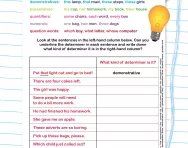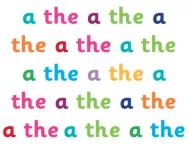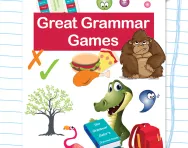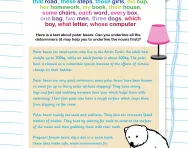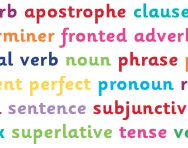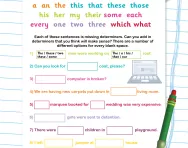Important update from TheSchoolRun
For the past 13 years, TheSchoolRun has been run by a small team of mums working from home, dedicated to providing quality educational resources to primary school parents. Unfortunately, rising supplier costs and falling revenue have made it impossible for us to continue operating, and we’ve had to make the difficult decision to close. The good news: We’ve arranged for another educational provider to take over many of our resources. These will be hosted on a new portal, where the content will be updated and expanded to support your child’s learning.
What this means for subscribers:
- Your subscription is still active, and for now, you can keep using the website as normal — just log in with your usual details to access all our articles and resources*.
- In a few months, all resources will move to the new portal. You’ll continue to have access there until your subscription ends. We’ll send you full details nearer the time.
- As a thank you for your support, we’ll also be sending you 16 primary school eBooks (worth £108.84) to download and keep.
A few changes to be aware of:
- The Learning Journey weekly email has ended, but your child’s plan will still be updated on your dashboard each Monday. Just log in to see the recommended worksheets.
- The 11+ weekly emails have now ended. We sent you all the remaining emails in the series at the end of March — please check your inbox (and spam folder) if you haven’t seen them. You can also follow the full programme here: 11+ Learning Journey.
If you have any questions, please contact us at [email protected]. Thank you for being part of our journey it’s been a privilege to support your family’s learning.
*If you need to reset your password, it will still work as usual. Please check your spam folder if the reset email doesn’t appear in your inbox.
What is a determiner?
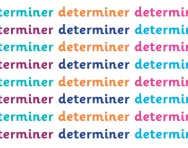
What is a determiner?
A determiner is a word that goes before a noun and identifies the noun in further detail.
There are different types of determiners:
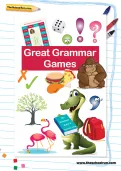
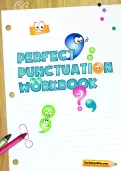
Download Fantastic FREE Grammar Resources!
- Perfect Punctuation Workbook
- Great Grammar Games Pack
- PLUS 100s of other grammar resources
What are children taught about determiners at primary school?
Children will probably only be introduced to determiners in Year 5 or 6. This teaching will most likely be in preparation for their Grammar, Punctuation and Spelling test in Year 6.
How are determiners tested in KS2?
The Year 6 SPAG test may feature a question similar to the following:
Answer:
She put two bowls of milk down for the cats.
Answer:
I went to a / the shop to get a pint of milk. I got 25p change from the one pound coin I gave them.
Definite and indefinite articles (a, an, the) are a type of determiner; grammar questions in the KS2 grammar test may only refer to articles and not to determiners in general.
It's also easy to get confused by words that sometimes act as determiners and sometimes as pronouns within a sentence. For example:
In the first sentence the word 'that' is a determiner ('that book'). In the second it is a pronoun, as it replaces a noun. And again in the following sentences:
How are children taught about determiners in the classroom?
- Teachers may set worksheets with sentences similar to those above, asking children to pick out the determiners.
- They may set children a task to look through their reading books and pick out all the determiners.
- The class may participate in a discussion about which words are determiners; for example, a child may be given the phrase 'happy girl' and suggest that the word 'happy' is a determiner. Class discussion could then lead to the teacher explaining that 'happy' is in fact an adjective.
- The teacher may set grammar challenges, such as writing a sentence containing five determiners, then asking the children to swap their work with a learning partner to circle the determiners.
- Teachers may give children a short passage with all the determiners missing, then ask them to fill in the gaps with appropriate determiners of their own.


